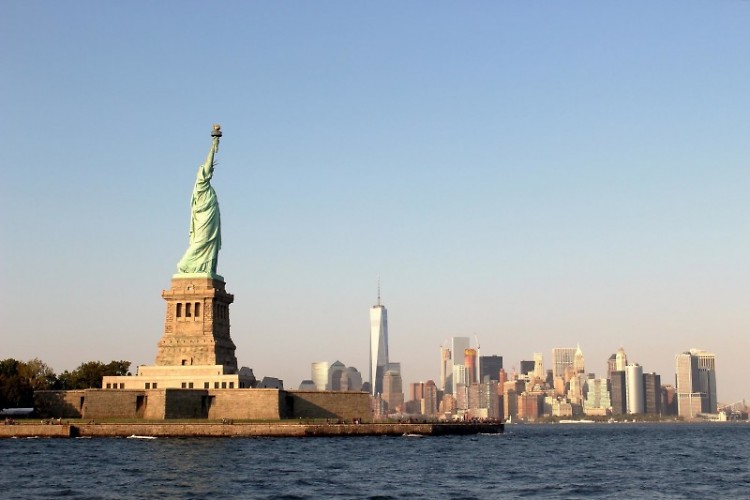I was inspired to write this article on Immigrant Heritage Month, in part, after watching a powerful video created by welcome.us for the “I Am an Immigrant” campaign. I had also just spent the last few months in conversations with members of our community who organized the first Grand Rapids Asian Festival—an experience that was truly eye opening for me. Their stories and their passion for their heritage—and their desire to share and educate and have a voice—moved me to be a more active advocate. I also learned that although I consider myself relatively worldly, I can also be totally clueless at times.
And so can a lot of people.
I think it is only through education and awareness that we can reverse the “otherness” that is often assigned to immigrants, and come to appreciate all of the individuals who make us what we are—or are supposed to be.
It is with that in mind that I reached out to friends and connections—all first-generation immigrants to Grand Rapids—asking them to share their culture with me and the Rapidian audience.
This article—and the words of the many contributors who will be profiled this week—seeks to begin a meaningful dialogue.
Through discussions of heritage and the desire to preserve important aspects of culture from their home countries, we can see how immigrants are not just assimilating; they are “contributing to the American fabric and creating American culture,” as Zyra Castillo, a fellow Rapidian Reporter and member of the committee that organized the Grand Rapids Asian Festival, describes it.
As I began to delve into this topic and solicit contributors, I discovered quickly that it was a lot more complicated than I understood. Immigration is complicated. I would be remiss if I didn’t mention that my exchanges with Zyra were integral in raising my awareness and challenging my assumptions on this subject. She pointed out a lot of perspectives I was missing.
When I decided that the question I wanted to ask would be: “What is an important part of your culture/heritage that you want to preserve in your life and also want to share with American culture?” and to add the optional question: “What in American culture do you want to embrace?” she reminded me that not everyone had a choice in coming to the U.S. They might be adoptees who know more of American culture than their origin culture. Or they might be refugees who would much rather be in their home countries, but for the safety of themselves and/or their families they are here. And, that the question of embracing parts of American culture forgets that some American traits come from other countries’ values.
It was these scenarios that shook me out of the common notions I had about immigration as well as what American roots really mean. And, yet, there are many who have actively and deliberately chosen to come to the U.S.—and they do see certain aspects of the American value system that are different from their own and that are positive and desirable.
Like I said: it’s complicated.
I chose to keep my original questions, in hopes of revealing individual truths and also in the spirit of the “I Am an Immigrant” campaign, which “…encourages all of us to explore our individual heritage and recognize our distinct and shared experiences. We all have our piece in the American story, whether as a new immigrant, native to this land, a descendent of slavery, or those who came to our nation seeking a better life.”
In all, I had eight contributors to this series. A big thank you to: Laura Armenta, Ace Marasigan, Katie Bozek, Sana Khan, Wafa Haddad, Mohannad Rjaila, Sandi Broomberg Simms, and Amer Gerzic from the countries of Mexico, the Philippines, Korea, Pakiston, Syria, Palestine, South Africa, and Bosnia and Herzegovina respectively. You can read their responses in the Profile section.
The Rapidian, a program of the 501(c)3 nonprofit Community Media Center, relies on the community’s support to help cover the cost of training reporters and publishing content.
We need your help.
If each of our readers and content creators who values this community platform help support its creation and maintenance, The Rapidian can continue to educate and facilitate a conversation around issues for years to come.
Please support The Rapidian and make a contribution today.
